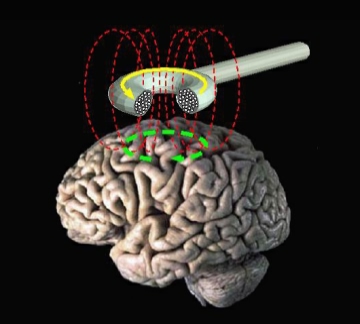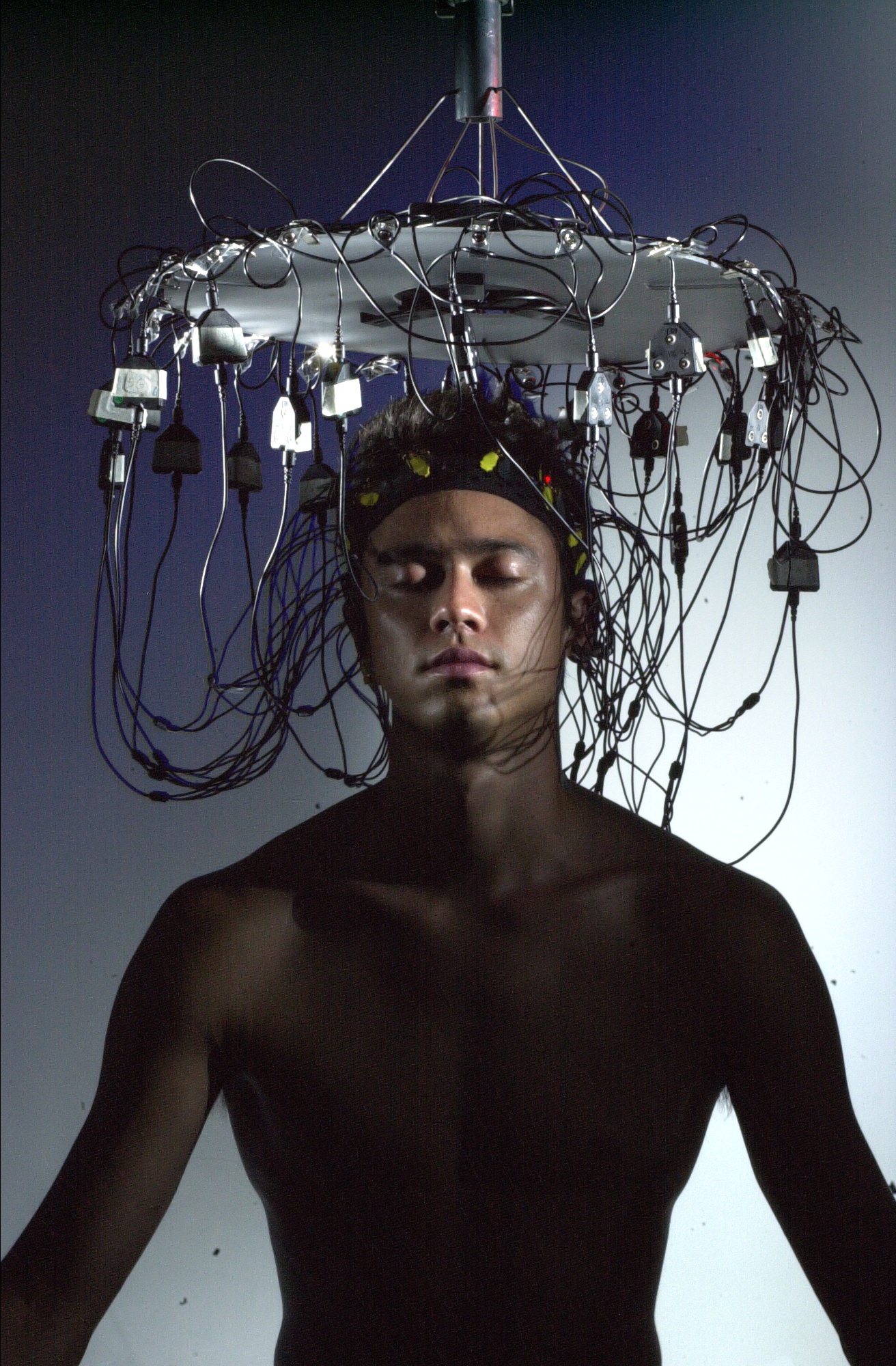By Lee Weber
Intro: Electroconvulsive therapy (ECT) has been used for decades as an alternative treatment for treatment of dual diagnosis cases in substance abuse. In fact, ECT has been often used to treat a variety of psychiatric and medical conditions, such as affective disorder, depression and schizophrenia. ECT is also used for the treatment of heavy depressions, especially for patients who are delusional, postnatal depressed, suicidal and are poorly responding to antidepressant medications. But is ECT safe and/or effective for dual diagnosis cases? We explore here.
A brief history of Electroconvulsive Therapy (ECT)
Introduced to the world of medicine in the 1930’s, ECT has become a major topic of discussion, which still continues today. Historically, the Hungarian neuropsychiatrist, Ladislas J Meduna, is considered the father of convulsive therapy. He believed that schizophrenia and epilepsy were antagonistic disorders, so he started inducing seizures with camphor and metrazol in 1934. Then, in 9138 an Italian psychiatry professor, after running procedures of seizures on animals, started inducing electroshock to humans, which brought him a nomination for the Nobel Prize.
However, the expanding global use of antidepressants and the influence of mass media led to significant decline of the use of ECT from the 1950’s to 1970’s. Later, in 1978, The American Psychiatric Association officially recommended the use of unilateral electrode placement and in 1985 the NIMH officially confirmed the use of ECT, which allowed for the success of this method among medical practitioners.
ECT employs electrically induced convulsions as an alternative for the standard anti-depressant treatment in “medication-resistant” patients. Compared to the past, the main difference is that today, the dose of electricity induced to patients has been significantly reduced, so the negative effects can be partially avoided.
Problems with Electroconvulsive Therapy (ECT)
There has been lots of bad press surrounding the use of ECT mainly, because of the side-effects to memory that can emerge during and after the procedure. Furthermore, ECT cases face a high rate of relapse, especially if treatment is not followed by maintained pharmacological treatment or another ECT procedure. However, most prejudice exists around the issues of long term memory problems. Specifically, critics note that when ECT addresses depression or addiction, many positive and happy moments of life can also be affected (erased). Much like in the film "The Eternal Sunshine of the Spotless Mind.”
Research results comparing types of ECT claim that the traditional bilateral type, (wherein electrodes are placed on both sides of the head) seems to be more associated with memory loss as a negative effect. Back in time, a "sine wave" was used to administer electricity in a constant, high dose, nowadays replaced with "brief pulse" of electricity administered in several short bursts for avoiding side effects. The biggest fact that attacks Actually ECT has no control over the amount of memories, only the timeline of events. Here are the most common medical side effects of ECT procedure.
• Confusion that generally lasts for only a short period of time
• Headache
• Extremely low or high blood pressure
• Permanent memory loss beyond the time of the procedure
• Muscle soreness
• Nausea
• Rapid heartbeat or other heart problems
Co-occurring or dual diagnosis cases
Patients diagnosed with dual diagnosis conditions manifest certain mental illness and experience chronic substance abuse, which can lead to drug addiction or alcoholism. These patients are a very specific target and can benefit from specific brain stimulation treatment methods. However, patients with dual diagnosis present specific cases in need of treatment that will address both substance abuse/addiction and mental illness. Why?
There is a very complex relation between substance abuse symptoms and psychiatric symptoms. In dual diagnosis cases, the first condition usually sets the path for the second one to emerge. These conditions continue to enable one another, wherein progression manifests as increased symptoms. Therefore, proper diagnosis (administered when the patient is sober and clean) can be a life-saver in defining the future steps in treatment. Doctors who treat dual diagnosis cases are faced with the challenge of developing unified treatment options for both of the conditions. Therefore, and integrated approach has proven to be very successful.
ECT for dual diagnosis cases
When offered in the early stages of treatment, ECT can positively affect hospitalization length of stay and cost, thanks to effectiveness and rapid results. Scientists have proven that ECT produces changes in the chemistry and functioning of the brain. And ECT is on the list of recommendations for addressing dual diagnosis.
However, the most common question facing ECT is whether it is ethical and human to apply such a powerful procedure directly to the human brain? An ECT procedure can last for almost a minute, approximately 40 seconds. And this protocol can trigger massive negative outcomes. Furthermore, patients are frequently not familiar with the procedure in detail, which often raises a lot of questions. For example, many are not aware that some of the medications given prior the procedure are actually used to prevent seizures from spreading to the entire body. The repetition of the ECT procedure also triggers many questions from critics about ECT as torture and/or harassment.
The main point for consideration in deciding whether ECT is human-friendly procedure for treating dual diagnosis cases, or not, is the fact that patient’s memory is intentionally affected, which may not always be the cure to the disease. Furthermore, critics say that instead of dealing with the actual problem, ECT manages to avoid it, by leaving behind the long-term effects of personality and individual development substance abuse and addiction have on people with mental illness. Finally, ECT for dual diagnosis cases requires strict adherence to abstinence, as well as psychological and pharmacological treatments for depression and addiction.
Deep brain stimulation (DBS) as a treatment alternative
ECT is a kind of deep brain stimulation. Deep Brain Stimulation (DBS) therapies, like ECT, interact directly with the brain by using electricity, magnets, or medical implants. While ECT is the most fully researched method of all types of deep brain stimulation and has the longest history of use, alternatives exist. For example, vagus nerve stimulation (during which a device is implanted under the skin and interacts with the left vagus nerve) AND repetitive transcranial magnetic stimulation (which uses magnets instead of electricity) have been found to activate the brain with less severe side effects.
Does Deep Brain Stimulation (DBS) work for substance abuse?
Yes, other types of Deep Brain Stimulation (DBS) can work when practiced properly and when patients adhere to doctor’s recommendations for pre and post care. In fact, deep brain stimulation can improve dual diagnosis patients' outcome with minor chances for relapse. For more information, please check the Reference Sources below.
Reference sources: MedlinePlus: Electroconvulsive therapy
National Institute of Health: Brain Stimulation Therapies
National Institute of Health: ECT in management of treatment-resistant, dual-diagnosis psychiatric conditions.
British Columbia Ministry of Health: Electroconvulsive Therapy Guidelines for Health Authorities
About the author: Lee Weber manages, Addiction Blog, an online journal that educates people about drug and alcohol problems. Her goal is to help people get into addiction treatment so that they can live meaningful and productive lives.
Also please have a look at these Posts relating to My Own Alcoholism/Depression and Addiction Recovery -
Drug Rehabs/Alcoholic Treatment Centers.....or Not??????
My 1 to 10 Scale of Misery for Alcoholism and Depression



Alcoholism and the abuse of alcohol not only affect the abuser, but the people around the abuser. You will never find a better solution to alcohol addiction and/or alcohol abuse than an alcohol rehabilitation center.
ReplyDelete